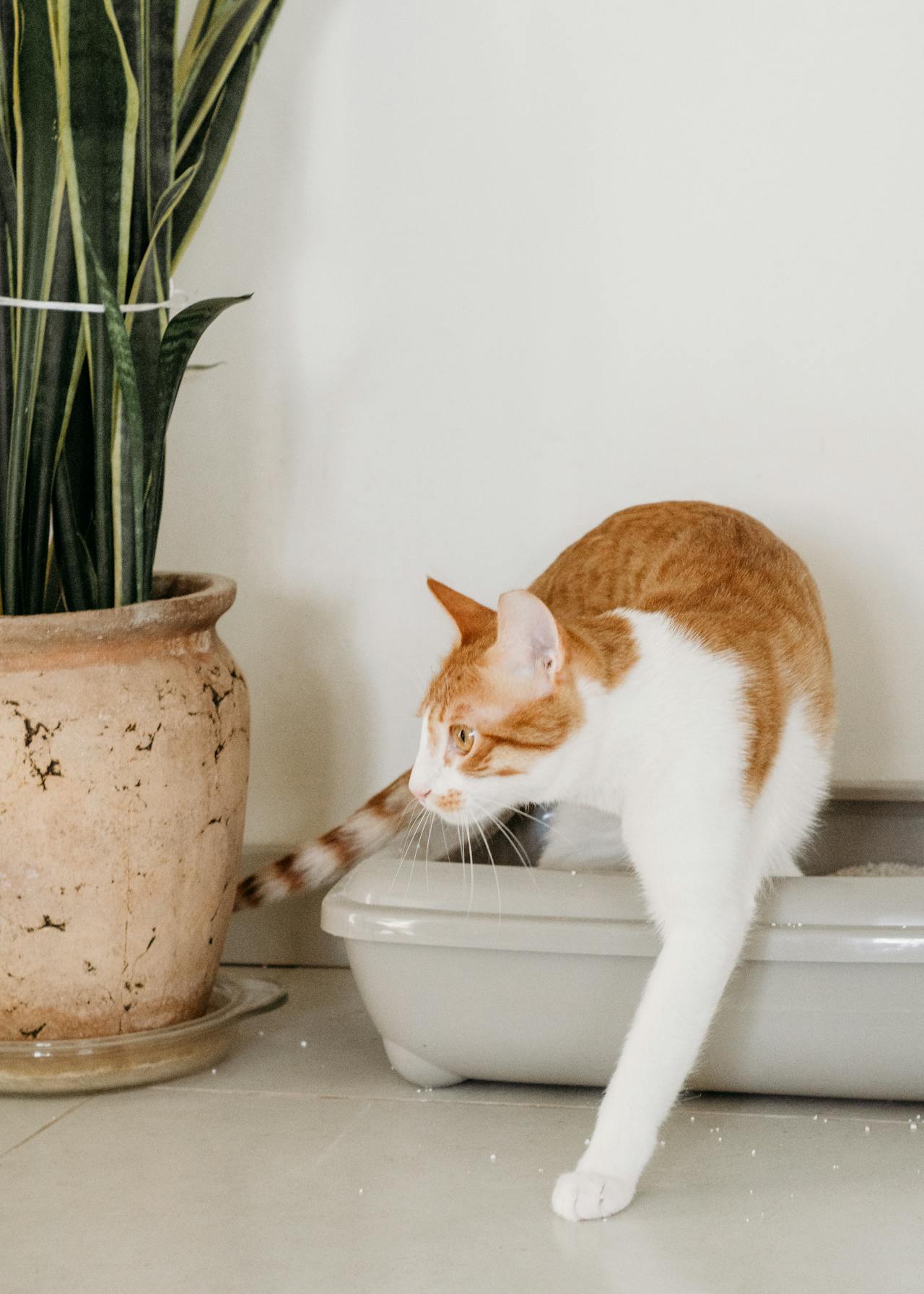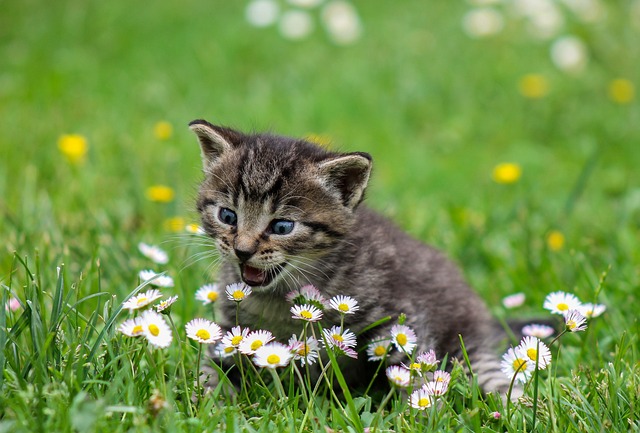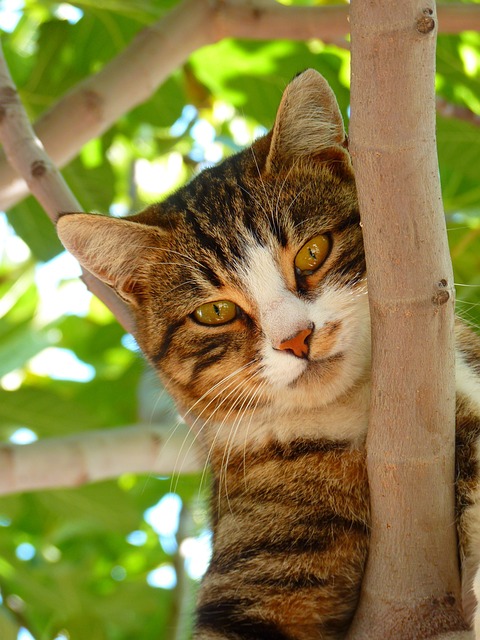Cat litter box training is an essential aspect of owning a feline companion. Whether you’re a first-time cat owner or a seasoned cat enthusiast, understanding the nuances of litter box training is key to fostering a harmonious environment for both you and your pet. In this comprehensive guide, we’ll delve into the intricacies of cat litter box training, from understanding your cat’s behavior to troubleshooting common issues.
1.Understanding Your Cat’s Behavior
Before embarking on the journey of litter box training, it’s crucial to understand your cat’s behavior and instincts. Cats are naturally clean animals, and they instinctively seek out a designated area for elimination. However, various factors such as age, environment, and health can influence their litter box habits.
- Developmental Stages: Kittens are naturally drawn to eliminating in secluded areas with loose substrate. This instinct forms the foundation of successful litter box training. Remember, patience and understanding are key!
- Common Challenges: Cat owners often encounter common challenges when it comes to litter box training. These challenges may include litter aversion, territorial issues, or medical concerns. Recognizing and addressing these challenges early on can prevent future complications and ensure a positive litter box experience for your cat.
2.Why Cats Choose to Eliminate Outside the Litter Box
One common behavior that often puzzles cat owners is when their feline companions choose to eliminate outside the litter box. Here are few reasons behind this behavior:
1.Health Reasons:
The health of our furry friends is paramount, and it directly influences their bathroom habits. Cats may avoid the litter box if they are experiencing urinary tract infections, digestive issues, or other medical conditions. Discomfort or pain associated with these conditions can lead cats to seek alternative places to relieve themselves, causing them to avoid the litter box altogether.
2.Psychological Factors:
Cats are sensitive creatures with complex emotional needs. Changes in their environment, such as the introduction of a new pet, moving to a new home, or disruptions in their routine, can trigger stress and anxiety. In response, cats may express their discomfort by urinating or defecating outside the litter box. Understanding and addressing these psychological factors are crucial for resolving litter box issues and restoring harmony in the household.

Also, one of the most significant psychological reasons, and the most well-known, for cats to eliminate outside the litter box is mating behavior. Mating behavior isn’t limited to spraying urine by male cats but is exhibited by both males and females, although males tend to do it more frequently. This behavior includes both urination and defecation.
3.Litter Box-Related Concerns:
The choice of litter and the cleanliness of the litter box play significant roles in a cat’s bathroom behavior. Some cats may be picky about the type of litter used, preferring certain textures or scents. Additionally, a dirty litter box can deter cats from using it, leading them to seek cleaner alternatives. Regular cleaning and maintenance of the litter box are essential for ensuring that it remains a welcoming and hygienic space for your cat.
4.Routine Habits:
Cats are creatures of habit, and disruptions to their routines can impact their bathroom habits. Changes in feeding schedules, disruptions in their daily routines, or even the presence of unfamiliar scents or objects in their environment can influence where cats choose to eliminate. Establishing a consistent routine and providing a stable environment can help alleviate stress and encourage proper litter box usage.
3.Setting Up for Successful Cat Litter Box Training
Creating a conducive environment for litter box training is essential for success. This involves carefully selecting the right litter box, choosing appropriate litter, and designating a suitable spot for placement.
1.Providing Enough Boxes:
If you have more than one cat or other pets sharing the same living space as the cat, it’s crucial to ensure there’s at least one litter box per cat, plus an extra one (in different areas). This means that if you have two cats, you should have three litter boxes; if you have three cats, you should have four, and so forth.
That is important because the litter box is where a cat feels most ownership and control. It carries their scent, which instills confidence in them. Thus, if a cat observes other cats using it, they might perceive it as a threat and resort to behavioral issues or eliminating outside the box. Cats are territorial by nature, as previously mentioned. Therefore, providing multiple litter boxes based on the number of cats and in diverse locations helps alleviate tension and the sense of threat among them, fostering greater comfort. Consequently, they’re less likely to resort to eliminating outside the litter box.
2.Choosing the Right Litter Box:
Choose a spacious, accessible, and uncovered litter box designed specifically for training. Consider placing multiple boxes in different locations, especially in larger homes, to make access easy.
Also, the litter box should be open and accessible from multiple sides, not attached to a wall or any other object. It’s important for the litter box to be accessible from all four sides for the cat’s comfort during elimination because cats feel threatened when cornered. Additionally, this design facilitates the cat’s burying of its waste and keeps your walls cleaner from urine traces.

3.Selecting the Right Litter:
From clumping clay to silica, each litter type has its pros and cons. Opt for fragrance-free options and experiment to find your cat’s preference for happy eliminations.
Cats possess a sense of smell that is millions of times stronger than humans. Therefore, clumping litter that produces a lot of dust and scented litter are among the worst types you can offer to your cat. They can cause respiratory problems both in the short and long term. Especially scented litters with acidic flavors (such as orange, lemon, strawberry…) and floral scents (lavender, rose…), studies have shown that they are among the most allergy-triggering scents for both cats and humans. So, it’s best to avoid them as much as possible. It’s important to note that these scents do not mask the smell of feces; rather, they create a mixture of fecal odor and the fragrance of the litter. This combination smells worse than either one alone, which may deter your cat from using the litter box, leading them to eliminate outside of it.

4.Creating a Designated Spot:
Choose the location for the litter box where your cat spends the most time. If your cat enjoys lounging in the living room, place the litter box there, and so on. One of the reasons cats may eliminate outside the litter box is due to poor choice of location for the litter box. If your cat eliminates outside the box, place it in the area where they did so to prevent them from repeating the behavior.
Quiet, easily accessible, and away from food and water bowls – that’s the ideal litter box location. Avoid high-traffic areas and doorways that might startle your cat and disrupt their routine.
The Cat Litter Box Training Process:
- Supervised Elimination: After meals and playtime, monitor your cat and gently guide them to the litter box. Praise and treats for using the box reinforce positive associations with their designated potty spot.
- Cleanliness is Key: Scooping waste daily and changing the litter regularly are crucial for successful training. A clean box encourages repeat use and prevents accidents.
- Troubleshooting Mishaps: Despite your best efforts, you may encounter common litter box issues such as litter aversion, inappropriate elimination, or stress-related behaviors. Identifying the underlying cause of these issues and addressing them promptly is crucial for restoring your cat’s litter box habits.
Bonus FAQ:
Q: How long does cat litter box training take? A: Cat litter box training duration varies depending on individual cats. While some may grasp the concept quickly, others may require more time and patience. Consistency and positive reinforcement are key throughout the training process.
Q: What are some signs of stress impacting litter box use? A: Signs of stress impacting litter box use include sudden changes in behavior, avoiding the litter box, or urinating outside the box. Identifying and addressing the source of stress is crucial for restoring your cat’s litter box habits.
Conclusion
Remember, mastering litter box habits takes time and patience. Celebrate each success along the way! By understanding your cat, setting up the right environment, and using consistent supervision, positive reinforcement, and proper maintenance, you’ll be well on your way to a harmonious and litter box-free life with your furry companion.
How can I make my cat happier, more comfortable, and help her feel at ease at home, feeling like a part of the family?






